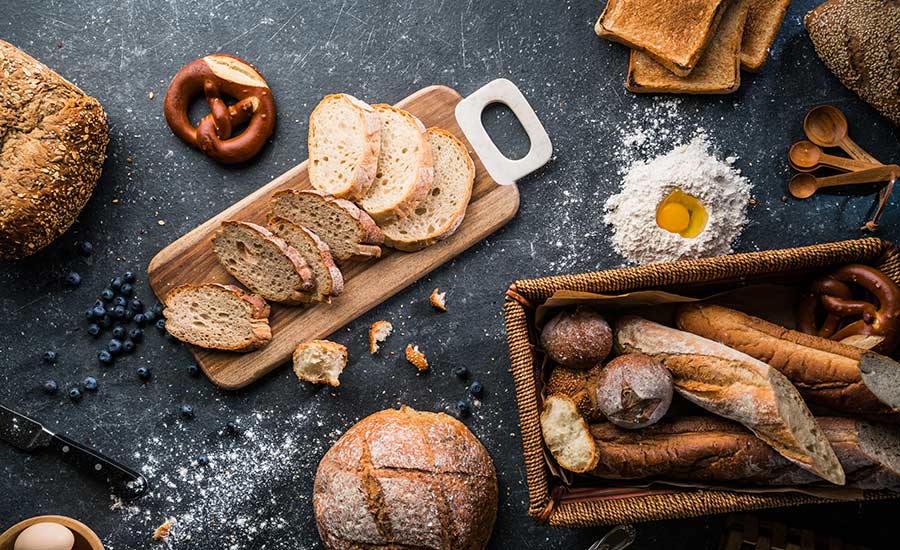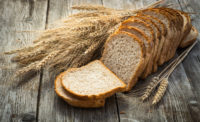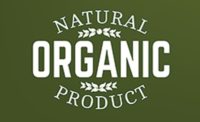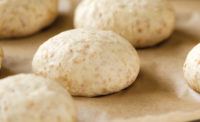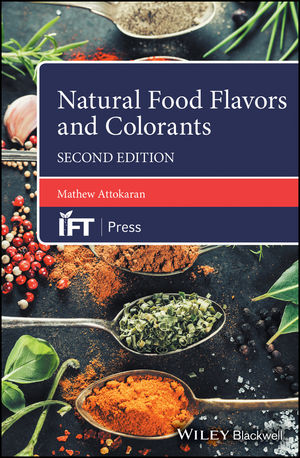The desire for safe, healthy food isn’t necessarily new, but it has been picking up steam … big time. While the FDA may not have a definition for what exactly counts as a “clean label,” consumers are asking to buy them. As bakers, we need to simplify our formulas with natural solutions.
According to Nielsen, the share of clean label sales has increased in the last two years, making up to 33 percent of total food and beverage sales this year. Younger generations—namely millennials—seem to be driving the trend. But it’s bigger than just them. At least 93 percent of U.S. households have purchased a clean label product at a grocery store.
Currently, there is no FDA definition or regulation for clean label. However, it’s generally recognized to be:
- A simple and short ingredient list
- Ingredients that are “all natural” and contain no chemicals, artificial preservatives, color agents or flavor agents
- Minimally processed ingredients
- Ingredients that are easy to understand
- Ingredients found in your kitchen cupboard
While the public may want simple, natural labels, there are still expectations for what products should look and taste like. Take natural colors, for instance. They won’t provide the same vibrancy or color spectrum created with artificial alternatives. The same with flavors—there is often something lacking compared to what we’ve come to expect.
There’s also the reason we started baking with chemicals in the first place: They allow us to bake consistent, safe, quality products that can withstand the pressures of high-speed production and a long shelf life. Most natural and clean label ingredients also add more cost to the price of the formulation.
All that aside, baking clean label is not impossible. In fact, there are plenty of resourceful substitutes that fill in just fine. When going clean, there are a few key areas to focus on.
Natural colors like annatto and turmeric can replace artificial colors, though their usages are increased to get similar color tones as their artificial counterparts.
Natural flavors are seeing a wide adoption across the bakery industry. Artificial butter flavors are replaced by concentrated dairy products, buttermilk and even yeast-based extracts.
Pre-gelatinized starch (a mechanical modification of starch to make it functional) is used to replace chemically modified starch and dextrin.
Heat-treated flour in certain applications also provides the benefit of replacing chlorinated flour and emulsifiers.
Aluminum and phosphates are being replaced by fast-acting baking powder systems.
When fighting mold, there are two approaches. One is to reduce dough pH. Vinegar is one option. The other is to use prune and raisin concentrates. They can also work as a natural sweetener and flavor enhancer. The other approach to inhibit mold growth is through cellular membrane disruption. Cultured wheat or whey, rosemary extract, cinnamon and clove is a natural way to do this.
Enzymes can act as a natural alternative for many ingredients and functions. A few ways they help formulas is by improving flour quality and emulsification, and increasing water absorption and the machinability of the dough. Enzyme and ascorbic acid blends have been used to replace potassium bromate, ADA, DATEM and SSL.
Canola or soy lecithin and wheat protein isolates have been used to replace emulsifiers. This is usually done in conjunction with an enzyme blend.
Yeast is a great solution for cleaning up your label. Inactivated yeast can replace L-cysteine in most systems, reducing mixing times and improving machinability. Yeast extracts provide a natural flavor, and can replace the artificial flavors on your label.
Lard and palm oil are stable shortening products at room temperature. Use these alternatives to prepare for a trans-fat free label.
While these ingredient solutions are short-term solutions, there are other ways to clean up your label in the long run:
By making a sponge, or including a brew process, you naturally hydrate your dough to make it easier to machine.
A new technology concerning rapid high-pressure hydration will also help. Using this technology on sponges has shown significant reduction in final dough temperatures, which makes the dough more relaxed and easily machined. Dough that is easier to machine requires fewer dough conditioners and emulsifiers. This technology will also help aerate and stabilize batter naturally, reducing the need for emulsifiers.
Dough-handling equipment modification that contributes less stress to the dough will also reduce your need for dough conditioners.
Thermal profiling with a longer bake will help dry out the baked product and reduce mold issues.
An easy-to-sanitize cooling system, together with an efficient air filtration system, will also reduce your dependence on mold inhibitors.
In the end, it’s all about knowing what role ingredients play in your formulas, and finding natural alternatives that fill the same role. Pay attention to all aspects of your process, including fermentation times, temperatures and where other ingredients and adjusted ratios can carry the weight.
It seems the clean-label trend is here to stay. So we’ll just keep finding innovative solutions, experimenting, and baking.
